DUBAI, UAE/SYDNEY, Australia: One of the most notable trends in dentistry in 2021 has been the continued rise in popularity of remotely monitored orthodontics. New technologies have emerged that allow orthodontic patients to scan their own dentition and send the resulting images to a dental professional in lieu of a physical check-up. A study has now found that combining clear aligners with a popular remote monitoring tool could significantly reduce the number of in-person visits an orthodontic patient needs—without compromising the treatment outcome.
The research was conducted by researchers at the UAE’s European University College in partnership with Dr Vandana Katyal, an Australian orthodontist in private practice. The overarching purpose of the study was to measure the effect of pairing a course of Invisalign clear aligner treatment with the DentalMonitoring remote monitoring tool, which employs artificial intelligence.
A sample group of 90 clear aligner patients at Dr Katyal’s practice were selected for the study. Half of these patients underwent their scheduled treatment with the assistance of the DentalMonitoring software and saw the orthodontist for an in-person appointment once every 16 weeks on average; the other half formed a control group that generally saw Dr Katyal once every six to eight weeks. In accordance with the pre-established protocol, the control group changed aligners once every seven days. Although the same was recommended to the DentalMonitoring group, the authors noted that “this recommendation was dynamic”, since “the software instructed the patient whether or not to proceed with the next aligner or continue with the same aligner”.
Analysis of the overall results indicated that the average time to first refinement for the DentalMonitoring group was 1.7 months shorter than that of the control group and that there was no clinically important difference in the tooth movement achieved. “A possible explanation for this finding could be the more frequent and proactive monitoring” offered by the DentalMonitoring software, the authors noted.
The average total treatment time for patients in the DentalMonitoring group was also less than that for the control group, 12.2 months compared with 14.0 months. In addition, patients in the DentalMonitoring group had an average of 3.5 fewer in-person appointments than the control group had over the treatment duration—a finding that was primarily a function of the “increased monitoring and communication with patients” enabled by the software, the authors remarked.
“This study is the first to focus on the clinical application and performance of remote monitoring, and several limitations are apparent,” the authors wrote in their conclusion. Among these limitations were the inherent bias due to the study’s retrospective nature, the question of its external validity given that it was conducted entirely in one private dental practice and the consideration that the DentalMonitoring software, by requiring patients to take regulars scans of their orthodontic progress, could be viewed as a form of reminder therapy, “which has been shown to be effective at improving compliance,” the authors explained. “Therefore, additional studies are required to support our findings.”
The study, titled “Outcomes of clear aligner treatment with and without Dental Monitoring: A retrospective cohort study”, was published in the April 2021 issue of the American Journal of Orthodontics and Dentofacial Orthopedics.
Tags:
A prevailing myth in healthcare is that the expertise of practitioners is only accessible on-site. The reality is becoming quite different today. With the ...
BERLIN, Germany: In a new study, researchers from the Robert Koch Institut (RKI) have examined, among other subjects, the prevalence, determinants and ...
BOSTON, US: The use of artificial intelligence (AI) in remote monitoring for clear aligner therapy is becoming increasingly popular and promising greater ...
COLOGNE, Germany: What if dentists could look into their patients’ mouths outside of their office? DentalMonitoring, which was founded in 2014, provides ...
GOTHENBURG, Sweden: Though its causes can be unclear and multiform, the effects of dental anxiety in patients are well understood. As it increases, patients...
PHILADELPHIA, US: Periodontitis is one of the world’s most prevalent health conditions, affecting between 20% and 50% of the global population—roughly ...
COPENHAGEN, Denmark: A number of recent studies have shown that dental calculus from archaeological samples could be a rich source for better understanding ...
COLOGNE, Germany: As the 2025 International Dental Show (IDS) approaches, Dental Tribune International (DTI) has released the much-anticipated today Show ...
LONDON, UK: The British Orthodontic Society (BOS) has recently released guidance on teledentistry and remote interactions in orthodontic care. By offering ...
TOKYO, Japan: Oral disease contributes significantly to absenteeism globally, constituting between 9.06% and 26.7% of total illness-related absenteeism. The...
Live webinar
Fri. 12 December 2025
1:00 pm EST (New York)
Live webinar
Fri. 12 December 2025
2:00 pm EST (New York)
Deepak Simkhada RDHT, BSc, MSc, PGCE, FSET, Cat Edney
Live webinar
Mon. 15 December 2025
5:30 am EST (New York)
Live webinar
Mon. 15 December 2025
2:00 pm EST (New York)
Dr. Andrew Ip, Przemek Seweryniak
Live webinar
Mon. 15 December 2025
5:00 pm EST (New York)
Live webinar
Wed. 17 December 2025
6:00 am EST (New York)
Dr. Piet Haers Oral and Maxillofacial Surgeon
Live webinar
Wed. 17 December 2025
4:00 pm EST (New York)
Dr. Melissa Vettraino Bachstein DDS



 Austria / Österreich
Austria / Österreich
 Bosnia and Herzegovina / Босна и Херцеговина
Bosnia and Herzegovina / Босна и Херцеговина
 Bulgaria / България
Bulgaria / България
 Croatia / Hrvatska
Croatia / Hrvatska
 Czech Republic & Slovakia / Česká republika & Slovensko
Czech Republic & Slovakia / Česká republika & Slovensko
 France / France
France / France
 Germany / Deutschland
Germany / Deutschland
 Greece / ΕΛΛΑΔΑ
Greece / ΕΛΛΑΔΑ
 Hungary / Hungary
Hungary / Hungary
 Italy / Italia
Italy / Italia
 Netherlands / Nederland
Netherlands / Nederland
 Nordic / Nordic
Nordic / Nordic
 Poland / Polska
Poland / Polska
 Portugal / Portugal
Portugal / Portugal
 Romania & Moldova / România & Moldova
Romania & Moldova / România & Moldova
 Slovenia / Slovenija
Slovenia / Slovenija
 Serbia & Montenegro / Србија и Црна Гора
Serbia & Montenegro / Србија и Црна Гора
 Spain / España
Spain / España
 Switzerland / Schweiz
Switzerland / Schweiz
 Turkey / Türkiye
Turkey / Türkiye
 UK & Ireland / UK & Ireland
UK & Ireland / UK & Ireland
 Brazil / Brasil
Brazil / Brasil
 Canada / Canada
Canada / Canada
 Latin America / Latinoamérica
Latin America / Latinoamérica
 USA / USA
USA / USA
 China / 中国
China / 中国
 India / भारत गणराज्य
India / भारत गणराज्य
 Pakistan / Pākistān
Pakistan / Pākistān
 Vietnam / Việt Nam
Vietnam / Việt Nam
 ASEAN / ASEAN
ASEAN / ASEAN
 Israel / מְדִינַת יִשְׂרָאֵל
Israel / מְדִינַת יִשְׂרָאֵל
 Algeria, Morocco & Tunisia / الجزائر والمغرب وتونس
Algeria, Morocco & Tunisia / الجزائر والمغرب وتونس
 Middle East / Middle East
Middle East / Middle East





























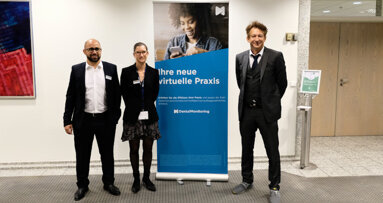
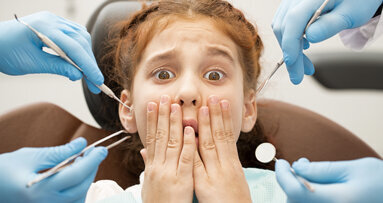
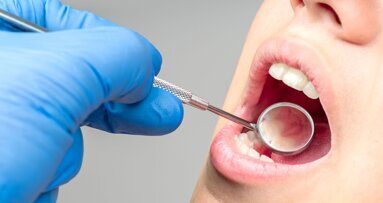

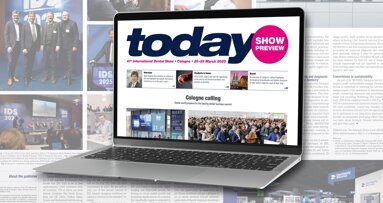
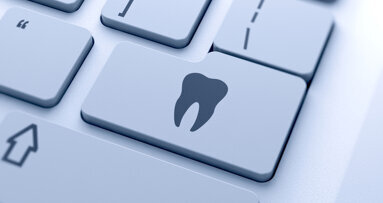




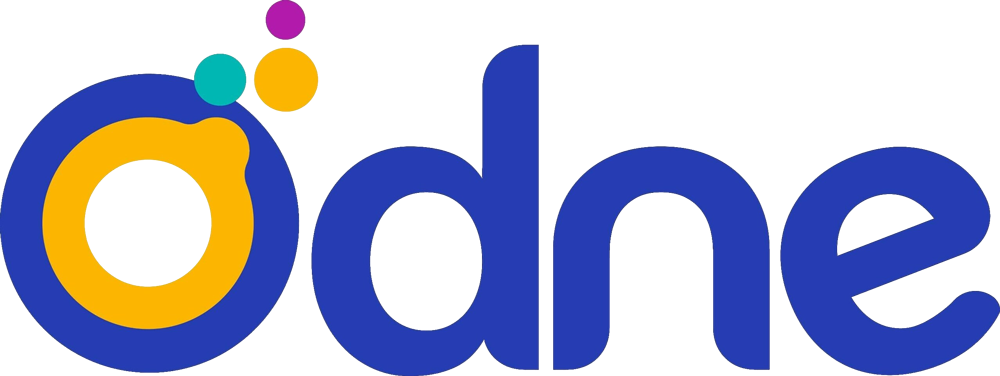




To post a reply please login or register